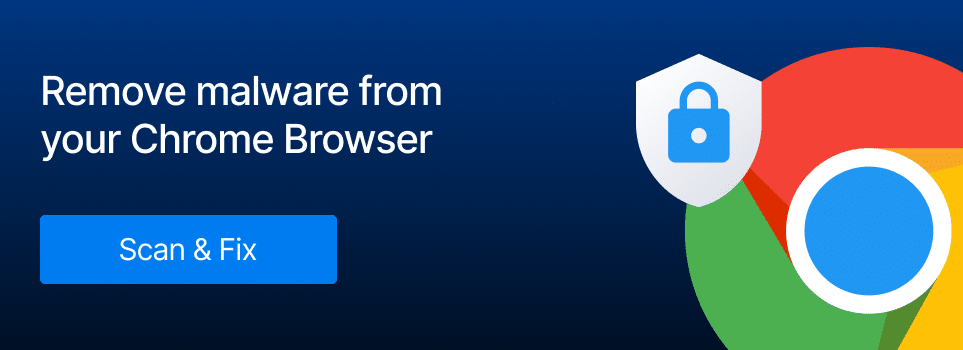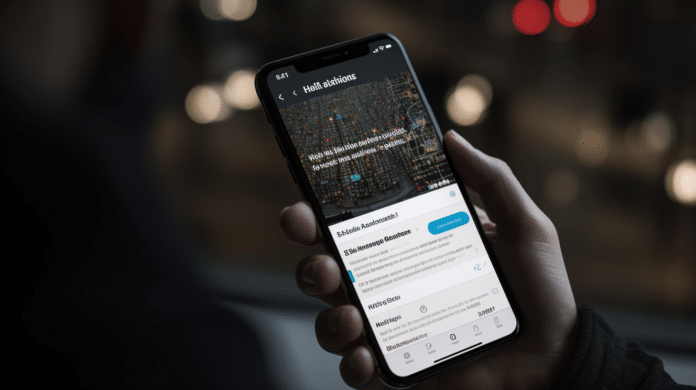LinkedIn as a platform has become synonymous with job hunting across the globe. Once used mainly for creating an online version of your resume, it has now transformed into a full-fledged content platform for activities like job hunting, professional networking, lead captures, and general industry collaboration. Billions of professionals use this platform daily, making it an attractive target for scammers and cybercriminals. This article reviews these scams and how to protect yourself against them.
Why LinkedIn Attracts Cybercriminals
LinkedIn has become an attractive target for cybercriminals due to industry professionals’ trust in it for conducting their activities. Attackers abuse this very trust to carry out their various scams and frauds. Some of these scams are variations of old attacks like phishing, while others leverage the unique nature of LinkedIn, such as fake job offers, phony recruitment profiles, etc.
Another reason that attacks on this platform have increased is the massive layoffs globally, particularly impacting the tech sector and remote workers. Job seekers on the platform are susceptible to scams, especially if they seem very lucrative. Cybercriminals are on the lookout for professionals who have lost their jobs and are looking for new opportunities. These scammers are willing to go the extra step to make their scams seem more legitimate such as setting up fake websites, phone numbers, etc., to increase their chances of success.
Let us look at the most common scams on the platform and how to spot them. Awareness is always the most important step to protect your personal and professional information from attackers.

Common LinkedIn Scams
- send the standard fake message in which the platform’s domain is impersonated via a fraudulent email with a malicious link. This email might contain a message about your profile being blocked or a password reset. Another scam might involve direct messaging on the platform, which would be harder to detect due to the implicit trust that users place on the platform. Attackers can create fake profiles of high-value individuals or companies and use them to send messages to their targets. The direct nature of these messages would result in a higher chance of success than email.
- Fraudulent Job Offers: A common scam on LinkedIn creates fake job offers and entices job seekers who are often desperate for employment. Once the victim clicks on the offer, they are usually instructed to pay a fee for their application to proceed. As mentioned earlier, the recent layoffs have resulted in many professionals flooding the market, making this a particularly attractive scam for attackers.
- Fraudulent Profiles and Connection Requests: In this technique, attackers can play the long game and create fraudulent profiles of recruiters. By connecting to potential job seekers, they may send malicious links or even ask for payments in return for job offers, background checks, travel expenses, etc.
How to Detect LinkedIn Scams
Awareness is the key to detecting and stopping attacks on LinkedIn. Let us take a look at some of the critical steps which users can take to stay protected:
- Understand how to use LinkedIn privacy and security settings to control who can contact you and add additional layers of protection, such as multi-factor authentication. It is also recommended to keep your account contact information current, especially the recovery email and phone number. This will help you recover in case of an attack and help LinkedIn contact you if your account displays suspicious activity.
- Exercise a healthy level of skepticism accepting connection requests and when recruiters contact you with job offers that often seem too good to be true. If a recruiter’s profile has only a few connections, that might be a sign that this is fake. Cyber Criminals often use stock photos to create attractive profiles with an air of legitimacy.
- Any form of payment request should be an immediate red flag. No legitimate company or recruiter will ask for your payment information on LinkedIn.
- Keep an eye out for emails claiming to be from LinkedIn and asking you to click on links or reset your password. Verify the sending domain; logging in to the platform and carrying out an action directly is always more secure.
- Report any suspicious activity or profiles you come across on LinkedIn so that such profiles are removed before they can cause damage to anyone.
LinkedIn has also introduced new features such as integrated AI detection that proactively identifies fake profiles generated using AI-based image generators and notifications about high-risk content. These features will no doubt be of great use to cut down on the increase in fraudulent activity and deter the attempts of scammers and cybercriminals.

To conclude, LinkedIn will continue to be a target due to the high-value nature of its users. It is essential to use a combination of technical controls and awareness to combat such scams so that LinkedIn continues to be a safe community for professionals worldwide.
Frequently Asked Questions
Has there been an increase in scams on LinkedIn?
There has been a reported increase in scams on LinkedIn, particularly those targeting remote workers and jobless tech employees. Scammers have become more sophisticated, often impersonating employers to trick job seekers.
What are the common types of LinkedIn scams?
Common LinkedIn scams include fake job recruitments and phishing attacks. Scammers might send a connection request followed by a message with a suspicious link that could either steal sensitive information or install malware on the recipient’s device.
What steps has LinkedIn taken to combat scams?
LinkedIn has introduced various security measures to combat scams, including new ways to verify users’ identities and employment roles. They also use artificial intelligence and expert teams to detect and remove fraudulent activity. An advanced safety feature warns users about LinkedIn messages with potentially high-risk content.
What can businesses do to protect themselves from LinkedIn scams?
Businesses can protect themselves by educating their employees about the types of scams on LinkedIn and how to recognize them. It’s also recommended to encourage employees to use two-factor authentication on their LinkedIn accounts and verify information requests.




